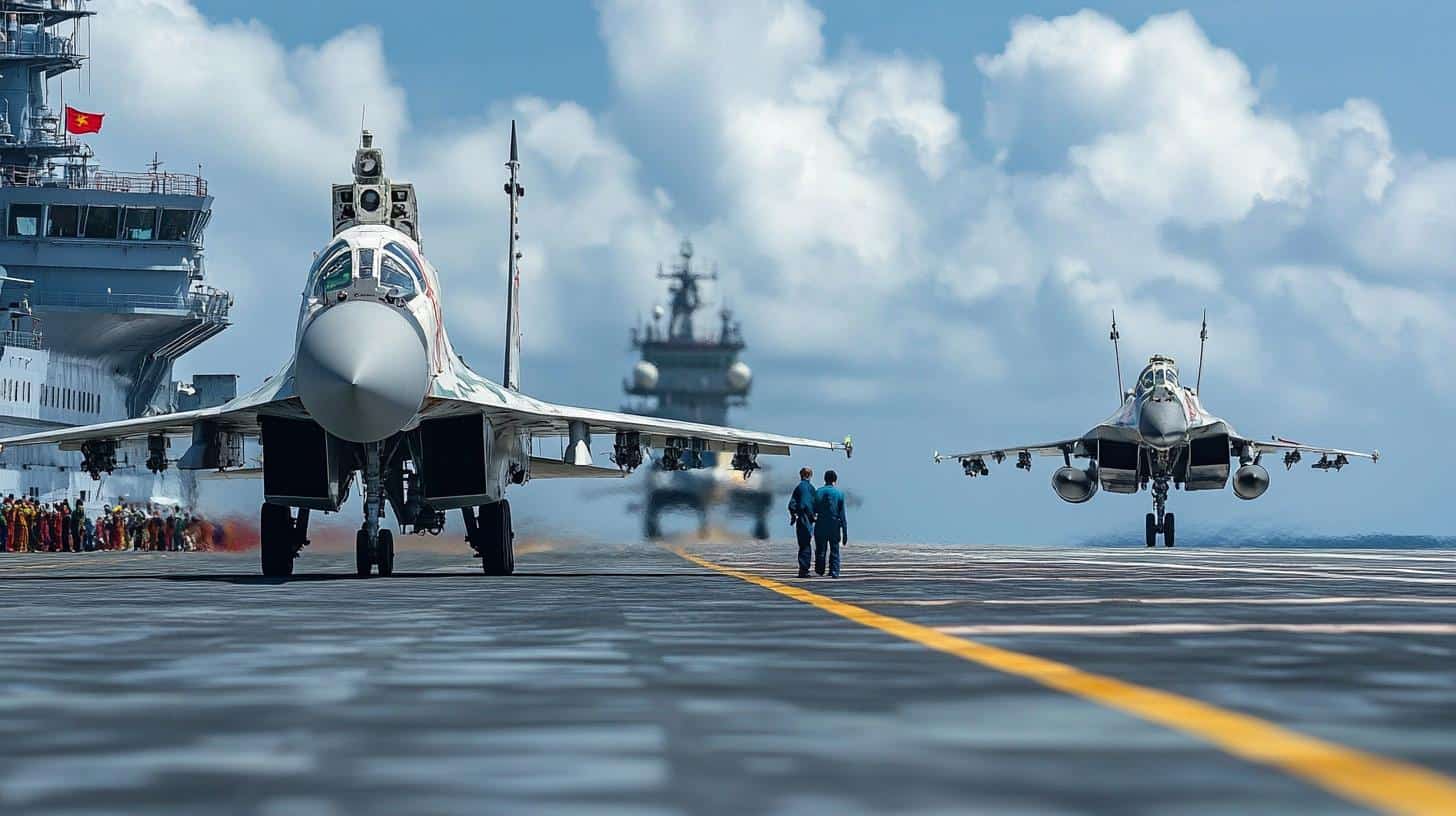A major development in Taiwan’s defense capabilities has emerged with the arrival of U.S.-made missile systems. According to military insiders in Taiwan, the recent shipment includes supersonic MGM-140 Army Tactical Missile Systems (ATACMS), known for their long-range reach of up to 300 kilometers.
Stealthy Delivery and Strategic Advantage
This covert delivery forms part of a larger arms deal approved during the previous U.S. administration. While the exact quantity remains undisclosed for security reasons, these missile systems represent a significant upgrade in Taiwan’s arsenal. The ATACMS, capable of being launched from versatile platforms like the M270 MLRS and M142 HIMARS, provide Taiwan with the potential to counteract threats from China.
Global Context and Regional Impact
Experts have noted that similar systems have already proven crucial in Ukraine, enabling strikes on distant territories. The U.S. decision in 2020 to supply Taiwan with 84 ATACMS and 29 HIMARS launchers indicates a strategic pivot, reinforcing Taiwan’s defensive posture amidst regional tensions.
Deployment and Training in Progress
The shipment aligns with prior deliveries of HIMARS to the 58th Artillery Command in Taichung, as part of a carefully timed rollout. Training is actively underway to ensure swift operational readiness. Despite the sensitive nature of the information, military authorities confirm adherence to scheduled deliveries.
As Taiwan positions itself against potential threats, these modern missile systems could redefine military dynamics in the Asia-Pacific region.
The Unseen Ripple Effects of Taiwan’s New Missile Systems
The Impact of Enhanced Military Capabilities on Taiwan’s Society and Economy
Taiwan’s recent acquisition of U.S.-made missile systems, such as the MGM-140 Army Tactical Missile Systems (ATACMS), is a development with far-reaching implications beyond military strategies. While offering a significant bolstering of Taiwan’s defense mechanisms, these advancements also bring challenges and changes to the lives of ordinary Taiwanese citizens.
Economic Implications and Industrial Growth
A less-discussed impact of Taiwan’s enhanced missile capabilities is its influence on the local economy and industry. The arms procurement contract includes not only the purchase of advanced weaponry but also technology transfers and local production opportunities. These aspects are vital as they potentially lead to job creation and the advancement of local industries involved in manufacturing and maintaining these systems. This could spur growth in sectors such as precision manufacturing and engineering, possibly contributing positively to Taiwan’s GDP.
However, increased defense spending can sometimes divert funds from essential social services such as education, healthcare, and infrastructure. In a country balancing the need for military preparedness with socio-economic development, this shift may provoke public debate.
Social and Cultural Dynamics
The fortification of defense capabilities also brings about cultural and social shifts. Increased military presence and preparedness drills can foster a heightened sense of urgency and vigilance among Taiwanese citizens. While this can shore up national pride and solidarity, it can also lead to anxiety regarding potential escalations and the specter of war. How does the average citizen perceive these changes, and do they feel more secure or more apprehensive?
Additionally, the visible bolstering of military capabilities may affect Taiwan’s intricate relationship with China and neighboring countries. This could lead to diplomatic tensions, enhancing the complexity of cross-strait relations.
Advancements and Controversies
The ATACMS’ strategic capabilities are undeniably advantageous, enabling Taiwan to better defend its sovereignty. However, such advancements also rekindle discussions regarding arms races in the Asia-Pacific region. Are these measures purely defensive, or could they be perceived as provocative actions escalating regional tensions?
A significant concern among international observers is the possible arms race fuelled by such developments, compelling neighboring countries to similarly scale up their military arsenals. This could lead to increased instability in a region that is already fraught with complex geopolitical challenges.
Understanding Local and Global Perspectives
Despite the military emphasis, these developments raise essential questions for Taiwan and its allies. How can Taiwan balance strengthening its defense with ensuring regional stability? The U.S. support, as demonstrated through these arms deals, reinforces Taiwan’s strategic position but also requires diplomatic finesse to navigate the potential for escalated regional disputes.
Engaging with these issues requires international cooperation and understanding, emphasizing the necessity of global diplomacy.
For additional information on related military strategies and international relations, visit these links:
– Defense.gov
– The Diplomat
– Foreign Affairs
In conclusion, beyond its immediate military advantages, Taiwan’s modernized missile defense systems impact many facets of society, from economic shifts to changes in international relations. As citizens and global observers ponder these developments, the question remains: How can Taiwan navigate this newfound power responsibly to foster a stable and prosperous future?







